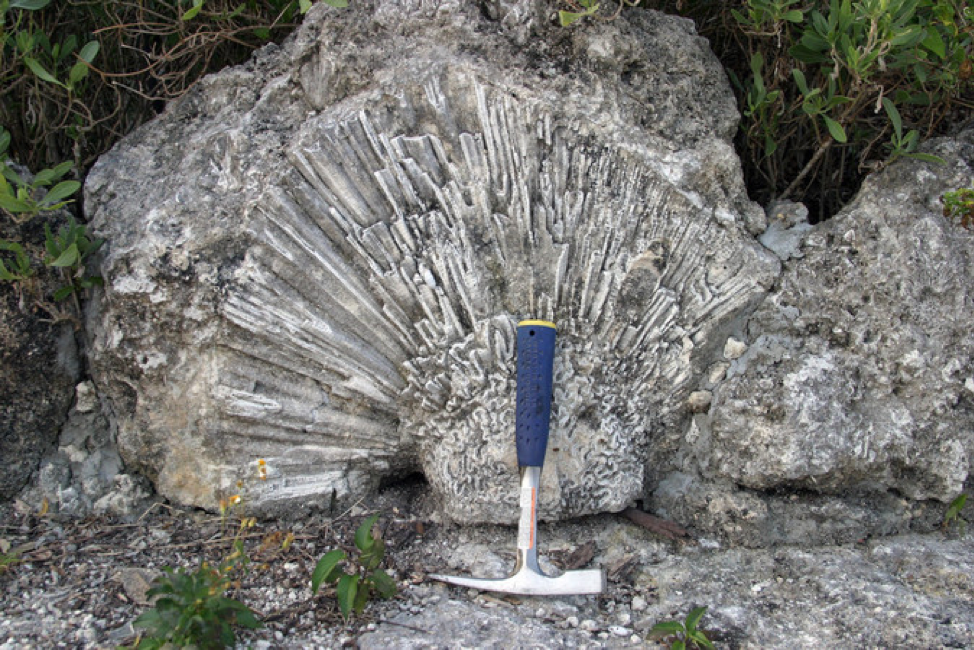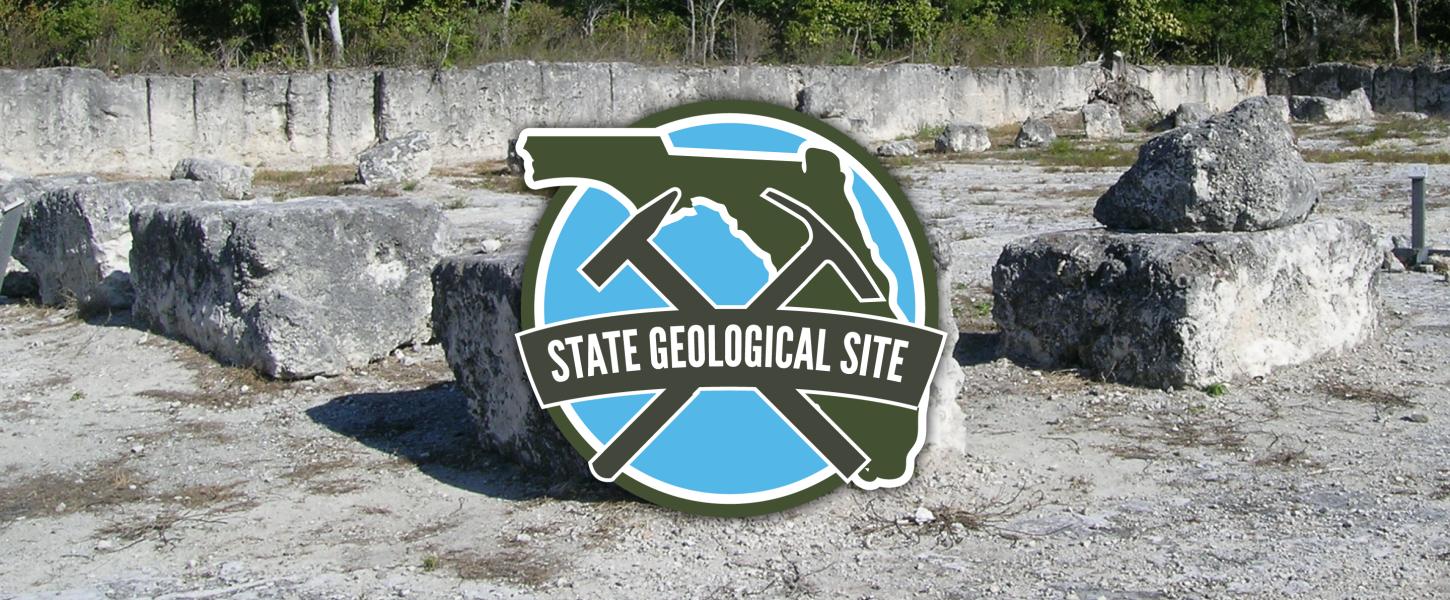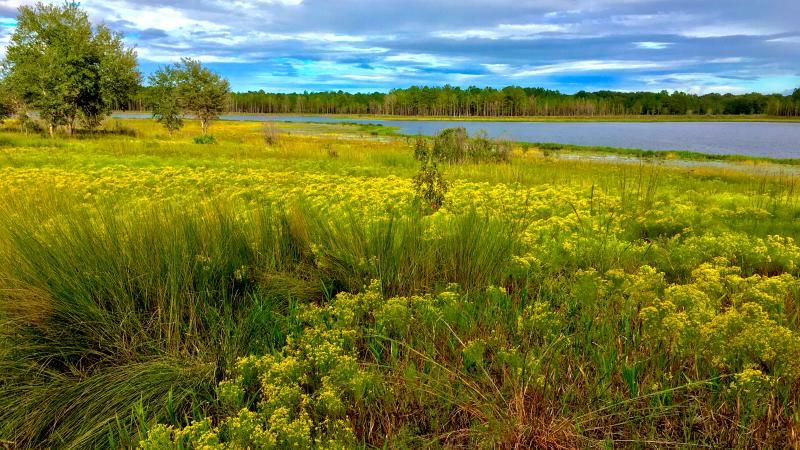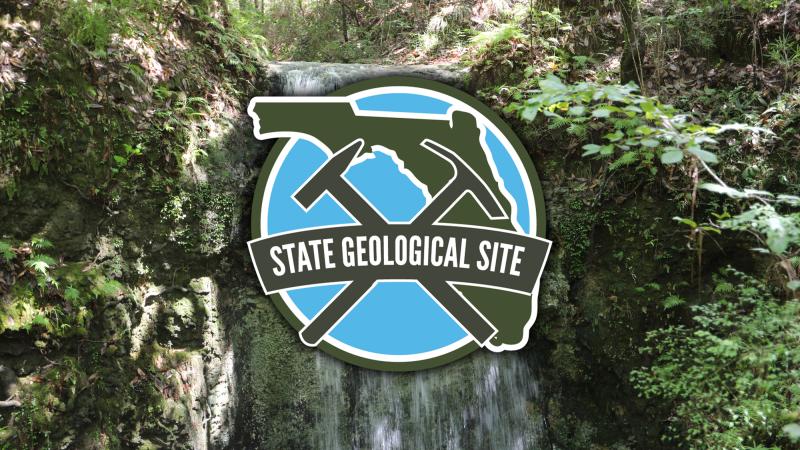
Geology of Windley Key Fossil Reef Geological State Park

Windley Key Fossil Reef Geological State Park provides a beautiful exposure of a geological unit known as the Key Largo Limestone. Fossil corals and other ancient marine life are preserved in these rocks and record a unique part of Florida’s geologic history. Visitors to the park can stand inside a fossil reef - the same rocks that comprise the aquifer of the upper Florida Keys.

The Key Largo Limestone is a white to light gray, moderately hard limestone composed of coral heads encased in a matrix of sand-sized grains. These grains are made up of the mineral calcite (calcium carbonate or CaCO3). There are five primary coral species found within the Key Largo Limestone: star coral (Montastrea annularis); porous coral (Porites astreoides); and brain corals (Diploria stigosa, Colpophyllia natans, Diploria labyrinthiformis). These corals make up approximately one-third of the limestone. In addition to corals, fossil mollusks and bryozoans are found in the Key Largo Limestone.
This geologic unit was deposited in a shallow marine environment. Older (and deeper) parts of the Key Largo Limestone formed in deeper water, whereas the younger limestone formed in shallower and warmer waters and represent patchy coral reefs that are exposed in quarries at the park.
So if you can stand in a quarry cut within an ancient fossil reef, what does it mean? It means that during the time this reef was alive (just like offshore today), sea level was much higher. Imagine sea level that is tens of feet above your head as you stand in the quarry. Florida does indeed have a fascinating geologic history!
When you visit Windley Key Fossil Reef Geological State Park, you will notice layers of red soils known as terra rossa within some of the quarry walls. The story behind these soils is fascinating. Over thousands of years, naturally acidic rain water dissolved some of the limestone leaving behind a residue consisting mainly of African dust that was blown across the Atlantic Ocean and deposited along with the carbonate sediments. Agricultural fields on the Florida mainland west of Miami are named the Redlands because of the color added by this dust component.


